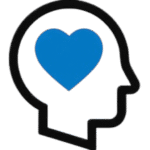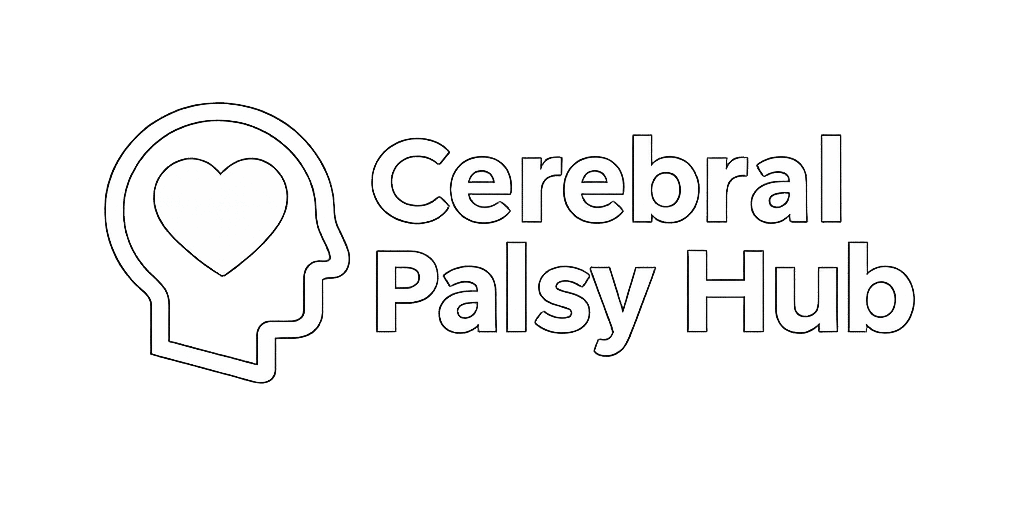Ataxic Cerebral Palsy
Ataxic cerebral palsy is one of the least common types, affecting about 5–10% of people with the condition. It results from damage to the cerebellum, the part of the brain responsible for balance, posture, and coordinated movement. This can lead to unsteady walking and shaky motions, as well as other coordination difficulties. Learn more about its causes, symptoms, and treatment options, and how affected families can get help.
What Is Ataxic Cerebral Palsy?
Ataxic cerebral palsy (CP) is defined by problems with balance, coordination, and controlled movement. Unlike spastic CP, which involves stiffness, or dyskinetic CP, which involves uncontrolled twisting, ataxic CP makes movements appear shaky or imprecise.
The term “ataxia” refers to a lack of order in muscle activity, often resulting in an unsteady, staggering gait or tremors when trying to reach for something. Fine motor skills such as handwriting may be especially difficult. Tasks that require quick alternating motions are also harder to perform. While ataxic CP affects the whole body, the main challenge is not strength, but the ability to control smooth and accurate movement.
What Causes Ataxic Cerebral Palsy?
Ataxic CP occurs when the cerebellum, located at the back of the brain, is damaged. The cerebellum plays a critical role in balance, motor learning, and the coordination of precise movements. When this part of the brain is injured, movements can become unsteady, tremors may appear, and speech can be disrupted.
Damage may also interfere with how the cerebellum communicates with other brain regions, disrupting the fine-tuned control of voluntary motion. Unlike the motor cortex, which initiates movement, the cerebellum ensures movements are carried out smoothly and accurately. When injured, these critical movements are compromised.
Ataxic Cerebral Palsy Risk Factors
Certain conditions and events increase the risk of a child developing ataxic cerebral palsy. While these risk factors do not directly cause CP on their own, they may create circumstances where cerebellar damage is more likely. Risk factors may occur before, during, or after birth.
Potential risk factors include:
-
Premature birth: Infants born too early have underdeveloped brains, with the cerebellum being especially vulnerable to bleeding or poor growth.
-
Low birth weight: Babies weighing less than 5.5 pounds face higher risk because their nervous system and cerebellum are more fragile.
-
Genetic factors: Some inherited conditions can affect cerebellar development or increase susceptibility to brain injury.
-
Placental problems: Reduced blood flow or oxygen during pregnancy can interfere with cerebellum growth.
-
Birth complications: Events such as lack of oxygen during delivery or trauma can damage brain tissue.
-
Postnatal infections or injuries: Meningitis, encephalitis, or head trauma in early infancy may harm the cerebellum.
The presence of one or more risk factors does not mean a child will get ataxic CP, though it does raise the risk of brain injury.
Signs & Symptoms
The hallmark sign of ataxic CP is poor coordination, especially when trying to perform precise or intentional movements. Children may walk with their feet set widely apart to improve stability, often swaying or staggering when moving.
Tremors that appear when reaching for objects (intention tremors) are also common. Speech may sound uneven or slurred because of problems coordinating the muscles needed for talking. Balance challenges often make running, climbing, or sports more difficult.
Additional symptoms may include:
-
Tremors or shaky motions during voluntary activity
-
Difficulty with fine motor skills such as writing or buttoning
-
Slow and deliberate movements caused by overcompensation
-
Poor depth perception and trouble judging distances
-
Low muscle tone, especially in the trunk and limbs
-
Problems with rapid or alternating movements
Subtypes of Ataxic CP
While ataxic CP does not have as many classification subtypes as spastic CP, doctors sometimes describe it based on the main areas of difficulty. These subgroups help explain how symptoms may present differently in children.
Subtypes include:
-
Gait ataxia – balance and walking are primarily affected, with a wide-based, unsteady gait.
-
Fine motor ataxia – coordination problems are more noticeable in tasks requiring hand precision, such as drawing, writing, or dressing.
-
Speech ataxia – speech muscles are most affected, leading to slow, slurred, or uneven speech patterns.
Diagnosis
Diagnosis begins with a full medical history and physical exam to look for signs of poor balance, shaky movements, or slow coordination. Doctors may test reflexes, muscle tone, and fine motor control.
Brain imaging such as MRI scans can help confirm damage to the cerebellum. Developmental milestones are also tracked. Delays in sitting, crawling, or walking often point to underlying motor function difficulties.
Early and accurate diagnosis ensures that therapy begins as soon as possible, giving children the best chance to improve coordination.
Complications & Associated Conditions
If untreated, ataxic CP can lead to ongoing challenges with safety and independence. Children may fall frequently due to balance issues, which increases the risk of injuries. Difficulties with speech can cause frustration or limit communication.
Poor fine motor skills may interfere with schoolwork or self-care activities. Vision problems and fatigue from constant effort to stay balanced are also common. Addressing complications early can improve comfort, learning, and quality of life.
Common complications include:
-
Frequent falls and accidents
-
Speech difficulties (ataxic dysarthria)
-
Vision and depth perception problems
-
Fatigue due to energy spent on balance
-
Delayed fine motor development
Quick Fact: Treatment can make a world of difference for children with cerebral palsy. The earlier you diagnose and receive support, the better outcome your child with have with gaining mobility and independence. Explore more treatment options here.
Treatment & Management
There is no cure for ataxic CP, but treatment focuses on improving coordination, independence, and quality of life. A combination of therapies and adaptive tools can help children manage symptoms and gain confidence. Care is tailored to each child’s needs and often involves ongoing support as they grow.
Physical Therapy
Physical therapy is central to treatment, with exercises designed to strengthen the core, improve posture, and build balance. Therapists may use activities such as walking drills, balance boards, or stability exercises to reduce falls. Hydrotherapy can also make practicing movement easier in a safe environment.
Occupational Therapy
Occupational therapy focuses on daily living skills, especially fine motor control. Therapists may recommend weighted utensils, pens, or adaptive devices to help reduce tremors. Training helps children perform tasks like dressing, feeding, and writing more independently.
Speech and Language Therapy
Speech therapy helps address slurred or uneven speech patterns. Exercises target breath control, pacing, and coordination of mouth muscles. Communication aids may also be used if speech remains significantly affected.
Mobility Aids & Assistive Devices
Walkers, canes, and other mobility aids can reduce the risk of falls. Adaptive tools such as specialized keyboards or utensils may make schoolwork and daily activities easier.
Medications
Some medications may be prescribed to reduce tremors, though they are less commonly used than in other CP types. Medication is usually combined with therapy for best results.
Daily Life Impact & Prognosis
Ataxic CP affects coordination, balance, and speech, which can make everyday activities more challenging. Children may need extra time and support for schoolwork, sports, and self-care.
With therapy, many improve their independence and learn strategies to adapt to daily tasks. Prognosis varies depending on severity, but with the right support, children with ataxic CP can live active, fulfilling lives.
Legal & Financial Resources
Families may qualify for financial assistance programs, disability benefits, and educational accommodations. In cases where ataxic CP was caused by medical negligence during pregnancy, birth, or shortly afterward, legal compensation may be available.
This funding can cover therapies, adaptive equipment, and future care needs. Understanding all available resources can help reduce the financial strain of long-term care.
Ataxic Cerebral Palsy FAQs
 Written and Medically Reviewed by:
Written and Medically Reviewed by:
Cerebral Palsy Hub Team
Cerebral Palsy Hub was founded to help support children and their families with cerebral palsy and to create a safe space for those affected. We strive to provide the most accurate, up-to-date information, and tools to help give your child the life they deserve.
Last Updated: July 24, 2025
